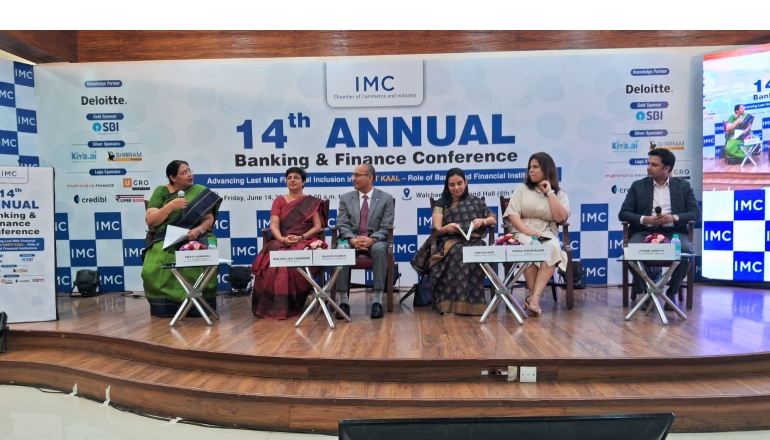According to a McKinsey & Company report, circular approaches in the green built environment can lower costs and reduce asset downtime by localizing supply chains, reusing existing structures, and salvaging materials.
The embodied carbon in new or existing buildings can be reduced, lowering carbon-offset commitments
The global built environment, a colossal industry valued at $14 trillion and responsible for nearly 40% of global energy-related CO₂ emissions and a third of the world’s waste, stands at a critical juncture. While rapid urbanization is set to propel its value to $22 trillion by 2040, its environmental footprint continues to expand.
However, the new insights highlight that embracing circularity—the comprehensive strategy of minimizing waste and maximizing resource utility—could unlock a net value gain of $360 billion by 2050 and drastically reduce embodied carbon emissions.
Currently, the construction sector operates largely on a linear “take-make-dispose” model. A staggering 99% of materials from building demolitions are discarded, even as virgin materials are continuously extracted for new construction. This unsustainable practice fuels both environmental degradation and economic inefficiency, the McKinsey report notes.
The promise of circularity in the built environment is significant. By 2030, circular principles could abate 13% of the sector’s embodied carbon emissions, escalating to nearly 75% by 2050. This shift isn’t just an environmental imperative; it presents a lucrative opportunity. The global green built environment market is already approaching $2 trillion, signaling a growing appetite for sustainable practices.
Key benefits of a circular, green-built environment:
Economic and social advantages: Circular approaches can significantly lower project costs by enabling the reuse of existing structures and salvaging materials, reducing reliance on expensive virgin resources. This localization of supply chains also enhances resilience and creates new job opportunities in waste management, material recovery, and refurbishment, potentially generating 45 million jobs globally by 2030.
Enhanced resilience and flexibility: Designing for disassembly and modularity ensures buildings can be easily updated, modified, or repurposed. This extends their lifespan, reduces the need for new construction, and is particularly valuable in densely populated urban areas where space is at a premium and historical buildings hold cultural significance.
Reduced environmental impact: By prioritizing the reuse and recycling of materials like concrete, steel, aluminum, plastics, flat glass, and gypsum wallboards, circularity drastically reduces the waste generated from demolitions and the carbon emissions associated with virgin material production.
For example, circular strategies for cement and concrete alone could abate 96% of embodied CO₂ emissions from cement by 2050, yielding a net value gain of $122 billion.
Regulatory and market incentives: Governments and markets are increasingly incentivizing circularity through mechanisms like carbon-pricing schemes, decarbonization subsidies, and tax exemptions. Growing landfill costs also make reuse and recycling more financially attractive.
Overcoming obstacles to circularity:
Despite the compelling benefits, widespread adoption of circularity faces several hurdles:
Value chain rewiring: The transition requires a fundamental shift in mindset across the fragmented and commoditized traditional value chain, moving beyond short-term gains to embrace long-term cost efficiencies and value creation.
Lack of clear business cases: While emerging, robust, end-to-end business cases for circularity are not yet widespread, making it challenging for all stakeholders to recognize and act upon the full incentives.
Technology and data gaps: Implementing circularity at scale demands greater data transparency, material tracking, and advanced technologies for separating and processing mixed materials, which are not yet universally available or affordable.
Stakeholder engagement: Effective collaboration and alignment across all stakeholders—from architects and designers to contractors, manufacturers, and investors—are crucial for a cohesive transition.
Paving the path forward: strategies for industry leaders
To accelerate the circular transition, industry leaders can focus on several key areas. These include:
Urban mining: Extracting and reusing valuable materials from existing assets and waste streams during deconstruction and retrofits. This is supported by tools like pre-demolition audits, building information models, and material passports.
Material futures trading: Developing financial instruments that value the residual resale value of building materials and components, creating a market for used materials, and providing hedging against price fluctuations.
Technological advancements: Leveraging digital tools and platforms like digital twins for data transparency, spatial-mapping technology for material information, and generative design algorithms to optimize the use of reused materials.
Commercializing new circular products and offerings: Exploring “material-as-a-service” models, where materials are rented, or reverse logistics services for material recovery. There’s a clear willingness among decision-makers to pay a premium for green materials.
Collaborations across the value chain: Fostering partnerships among designers, engineers, investors, and material suppliers to develop common data standards, improve component disassembly, and ensure that built assets are designed for eventual material recirculation.
The way forward:
The built environment industry is already witnessing a boom in energy retrofits, with the market expected to grow annually by 8% to $3.9 trillion by 2050. This presents a massive opportunity to create circular ecosystems, as a significant portion of materials removed during retrofits could be recirculated, diverting billions of metric tons of waste from landfills.
Ultimately, a large-scale adoption of circularity will necessitate a profound shift in mindsets, unprecedented cross-sector collaboration, and bold, creative thinking about new business models. By embracing these principles, the built environment can not only significantly reduce its environmental impact but also create substantial economic value, fostering a more sustainable and resilient future.












